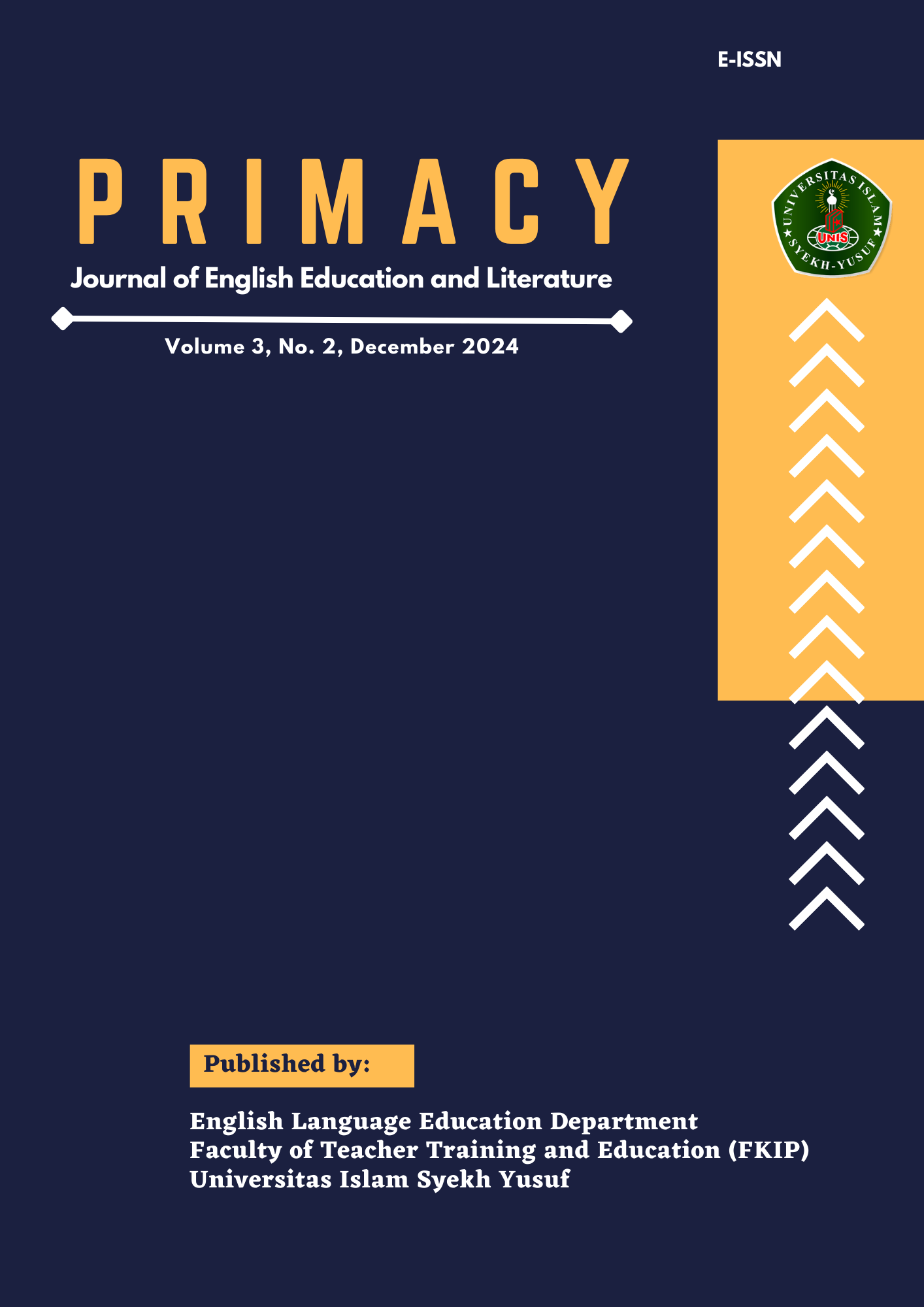STUDENT INSIGHTS ON ENGLISH TEACHING STYLES: A KURIKULUM MERDEKA APPROACH
DOI:
https://doi.org/10.33592/primacy.v3i2.5445Keywords:
English education, kurikulum merdeka, teaching styles, student perceptionAbstract
This study investigates the alignment between students' perceptions of their lecturers' teaching styles and their expectations in English language education under Indonesia’s Kurikulum Merdeka. Using a quantitative research design, data was collected from 200 undergraduate students through two instruments: the Teaching Style Perception Scale (TSPS) and the Student Expectations Scale (SES). The results reveal strong alignment in student-centered and inquiry-based learning areas, where students valued active participation and critical inquiry. Lecturers were perceived as knowledgeable facilitators, with the Expert (mean: 4.2) and Facilitator (mean: 4.1) dimensions receiving the highest scores. However, a mismatch was identified between students' expectations for less control and autonomy and their perception of lecturers' adherence to more traditional, teacher-centered methods, particularly in the Formal Authority dimension (mean: 3.8). A significant correlation (r = 0.72, p < 0.01) was found between students’ perceptions of facilitators and their expectations for student-centered learning. These findings highlight the need for further adaptation toward inquiry-based and collaborative learning approaches to meet students’ evolving preferences better. The study underscores the relevance of Kurikulum Merdeka in fostering a more dynamic, student-driven learning environment while encouraging lecturers to reduce reliance on formal authority and increase opportunities for independent learning












